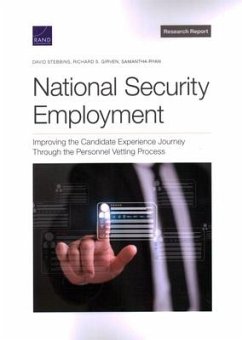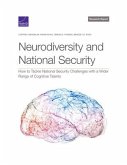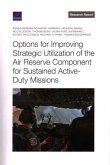The U.S. government will need to proactively recruit, hire, screen, onboard, and provide continuous career-growth opportunities-while providing an exceptional candidate experience-to attract and retain new generations to the national security workforce. This report explores how existing security, suitability, and credentialing (SSC) mechanisms might benefit from a formalized candidate experience strategy and framework to create a more positive vetting experience. Organizations that provide investigative and adjudicative services (e.g., investigative service providers, authorized adjudicative agencies) and other SSC stakeholders will need to increase engagement to promote, gauge, and maintain candidate commitment throughout initial personnel vetting. SSC processes may benefit from consideration of the adoption or adaptation of some of the hiring, onboarding, and retention practices from across the private sector that are focused on creating a more engaging candidate experience. This initial examination provides a new way of thinking about the vetting process from the candidate point of view. The observations and suggestions provided in this report provide a framework to present the factors that may contribute to a positive candidate experience across the pre-initial vetting phase (factors that influence candidate awareness, organizational attraction, and job consideration), the initial vetting phase (candidate "conversion" to apply to a position and ongoing relationship management), and the post-initialvetting phase (including entry on duty, onboarding, retention, and future job mobility).








